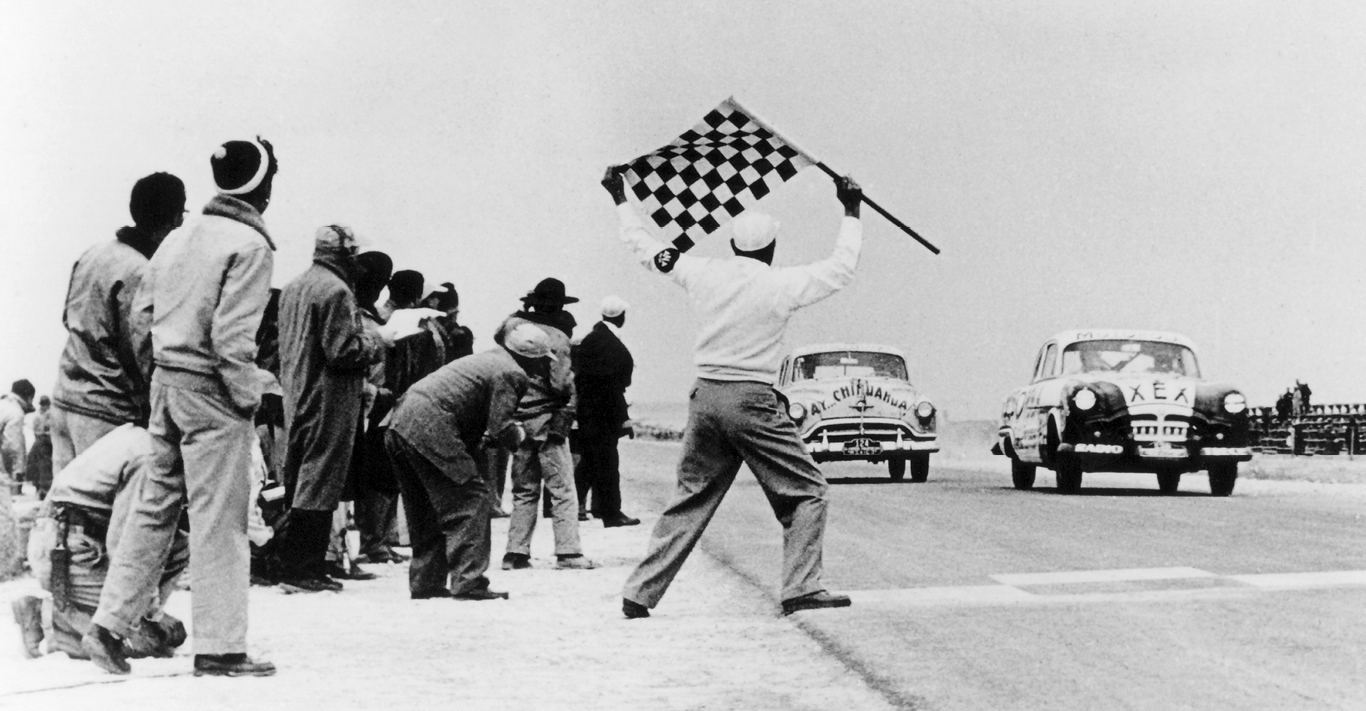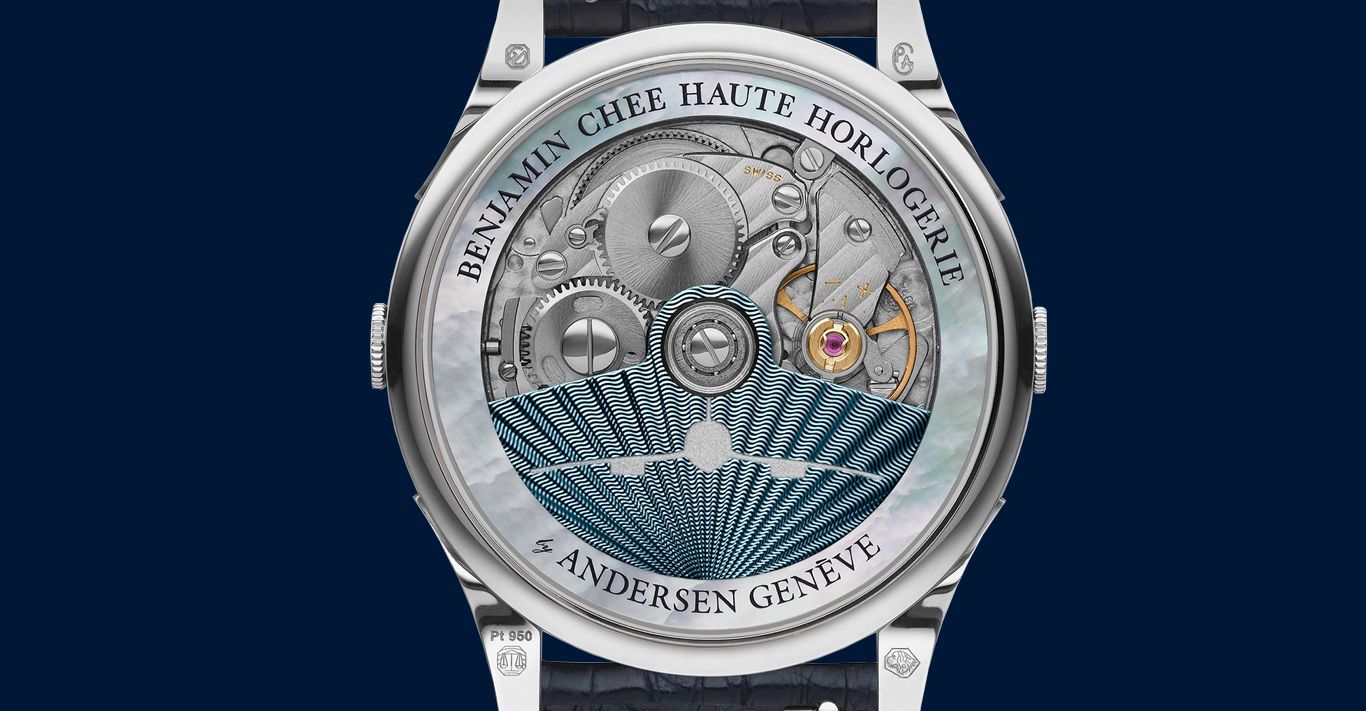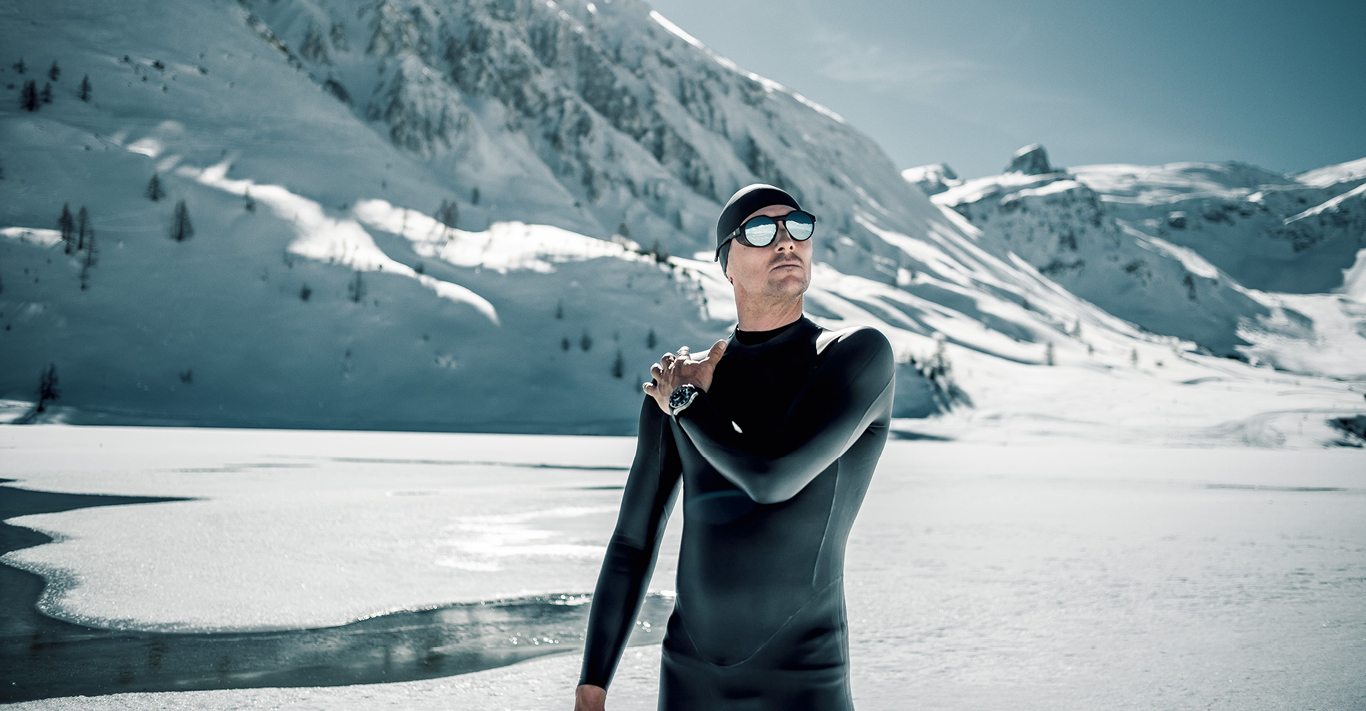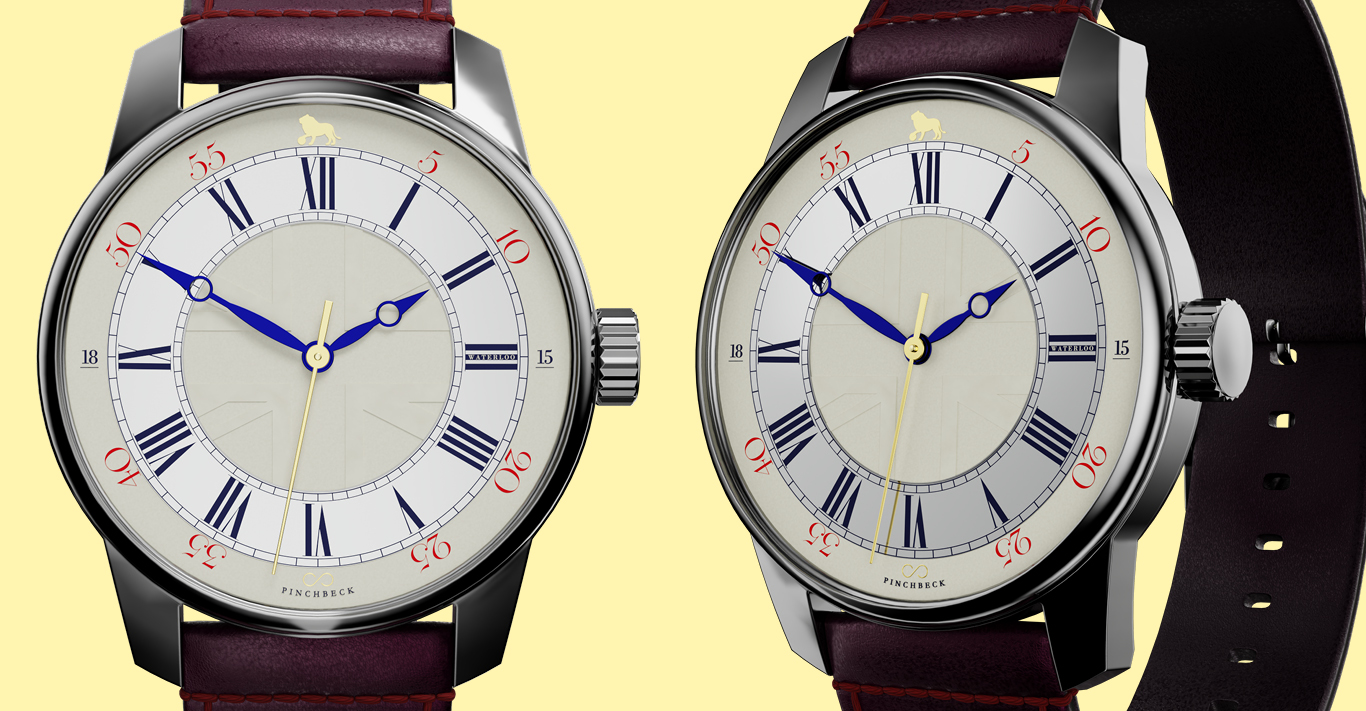WORDS
Simon de Burton
In many places, opening a new stretch of highway might be marked with a genteel ribbon-cutting ceremony. But in 1950, the Mexican government chose a more interesting way to celebrate becoming the first Latin American country to complete its bit of the 19,000-mile Pan-American Highway: it would host a no-holds-barred race along the road itself, with the only eligible vehicles being five-seat sedans.
The first grid comprised a mix of professional competition drivers, wannabe racers, cabbies and countless other amateurs, and was run in nine stages across five days, starting close to Texas at El Paso and heading south to the finish line at Chiapas on the Mexico-Guatemala border.
It attracted 132 entries, with the winner of the $17,000 prize being American Hershel McGriff whose $1,900 Oldsmobile 88 proved more nimble than the many larger, more powerful cars, enabling it to pull ahead on the tight, mountainous sections of a course that varied in height from 100 metres to 2,400 metres above sea level.
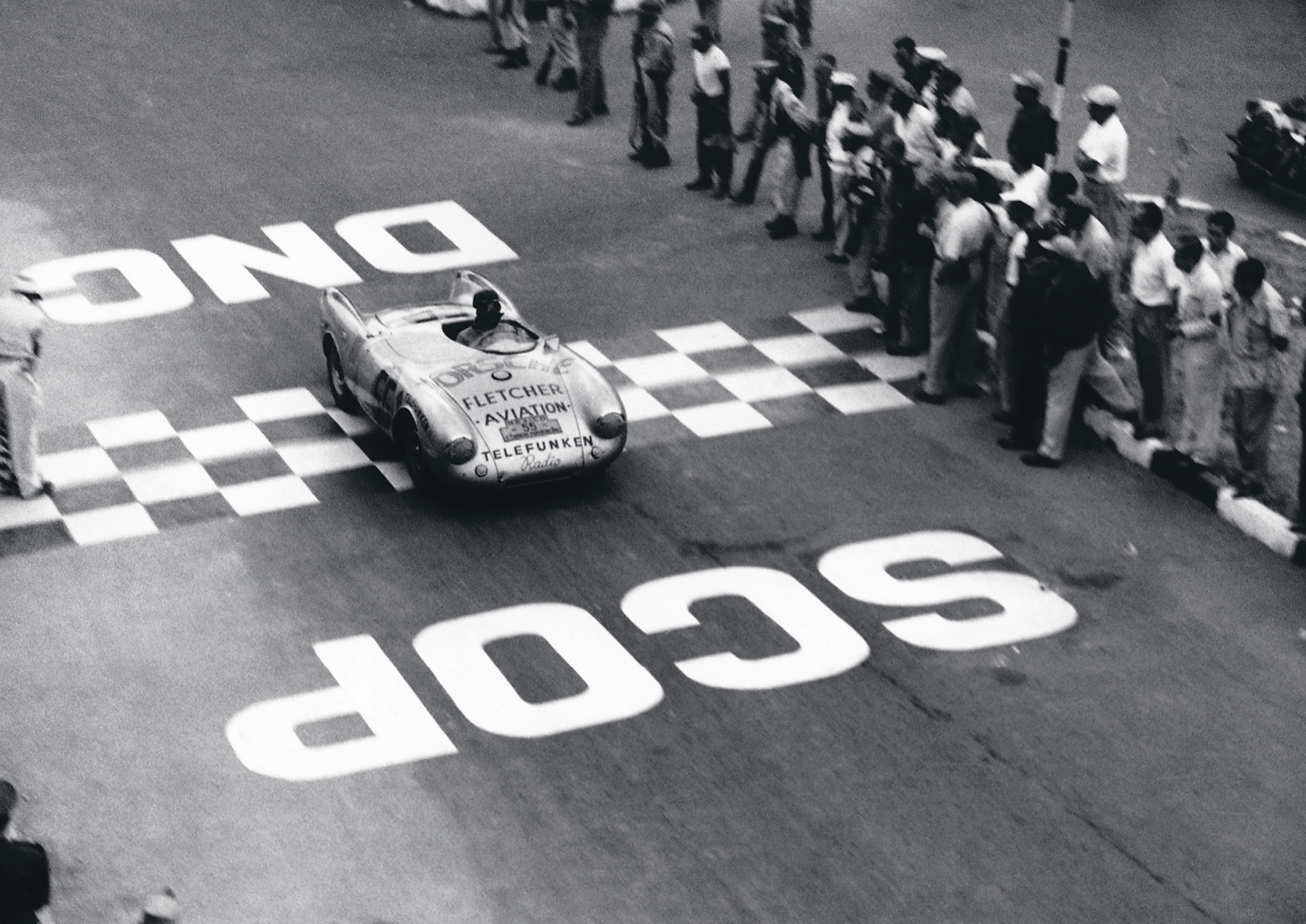
In that first event alone, three competitors and one spectator were killed, instantly giving La Carrera (Spanish for “The Race”) a reputation for being irresistibly dangerous – and over the following four years it attracted some of the world’s top drivers and produced some of the most thrilling four-wheeled competition ever seen.
The route was littered with natural hazards (Karl Kling and Hans Klenk scored a vulture through the windscreen of their Mercedes-Benz 300SL in 1952) and deaths proved to be frequent due to the prodigious speeds: in 1954, Umberto Maglioli won after completing the 2,178-mile course at an average speed of 138mph, while other famous competitors included Juan Manuel Fangio (1953’s winner with Scuderia Lancia) and top American driver Phil Hill.
The race was scrapped following the 1954 event after 27 fatalities in five races but, in 1963, Jack Heuer – the great-grandson of TAG Heuer’s founder, Edouard – was attending the 12 Hours of Sebring endurance race at which the Rodriguez brothers, Ricardo and Pedro, were competing for Ferrari.
The pair were idolised as Mexico’s most famous racing drivers, and present on the day were their parents, with whom Jack struck up a conversation in the pits. Soon, talk turned to their country’s most famous race – La Carrera Panamericana – and Jack immediately became enthralled both by the idea of the event and by the evocative “Carrera” name, which he realised would resonate in numerous languages. He quickly determined to adopt the name for his next chronograph design and soon took out the rights to use it on watches.
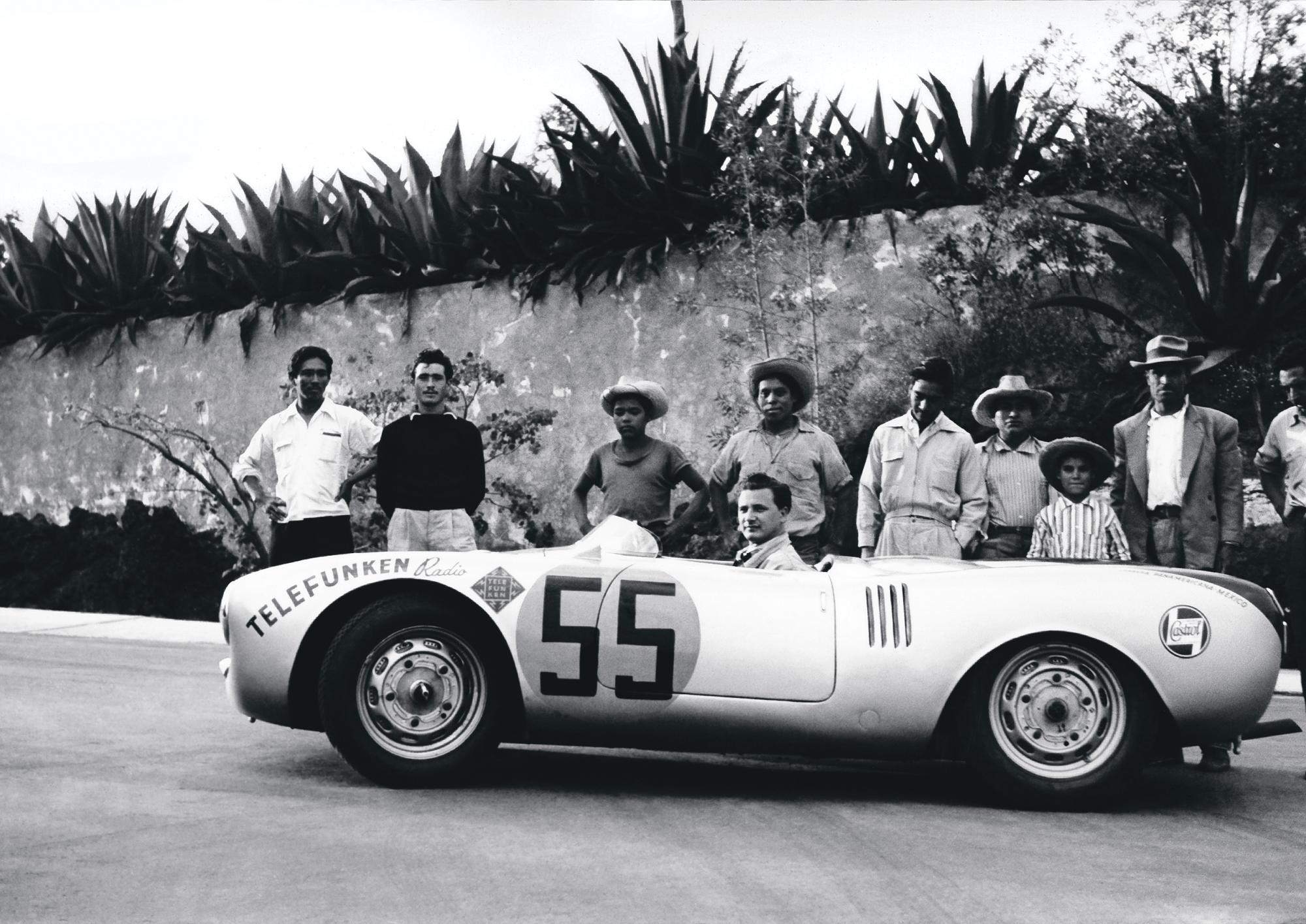
At almost the same time, Porsche trademarked it for use on its sports cars, having started to use the “Carrera” moniker on its most high-performance cars after its giant-killing 550 Spyder model scored class wins in the 1953 and 1954 Carrera Panamericana thanks to its power, lightweight, lithe handling and, notably, its remarkable reliability. In the 1953 race, all 550s entered completed the gruelling course without a single mechanical failure. Porsche subsequently made the Carrera name synonymous with its 911 model, with which the word remains inextricably linked in the minds of car fans the world over.
By December 1963, meanwhile, the new Heuer Carrera driver’s chronograph was ready for launch. It featured a 36mm steel case, a Valjoux 72 manual wind movement and the reference number 2447D. Known as the “Carrera-12” due to its 12-hour totaliser at six o’clock, the new watch retailed in the USA at $98.45 – and quickly became the default choice of both professional drivers and enthusiastic amateurs.
Over the years, the Carrera name has appeared on a variety of Heuer and TAG Heuer watch designs, ranging from simple “time only” models to automatic chronographs with dual time zone and date functions. In every case, however, the Carrera has remained a rugged, stylish and functional tool watch designed with drivers at heart.
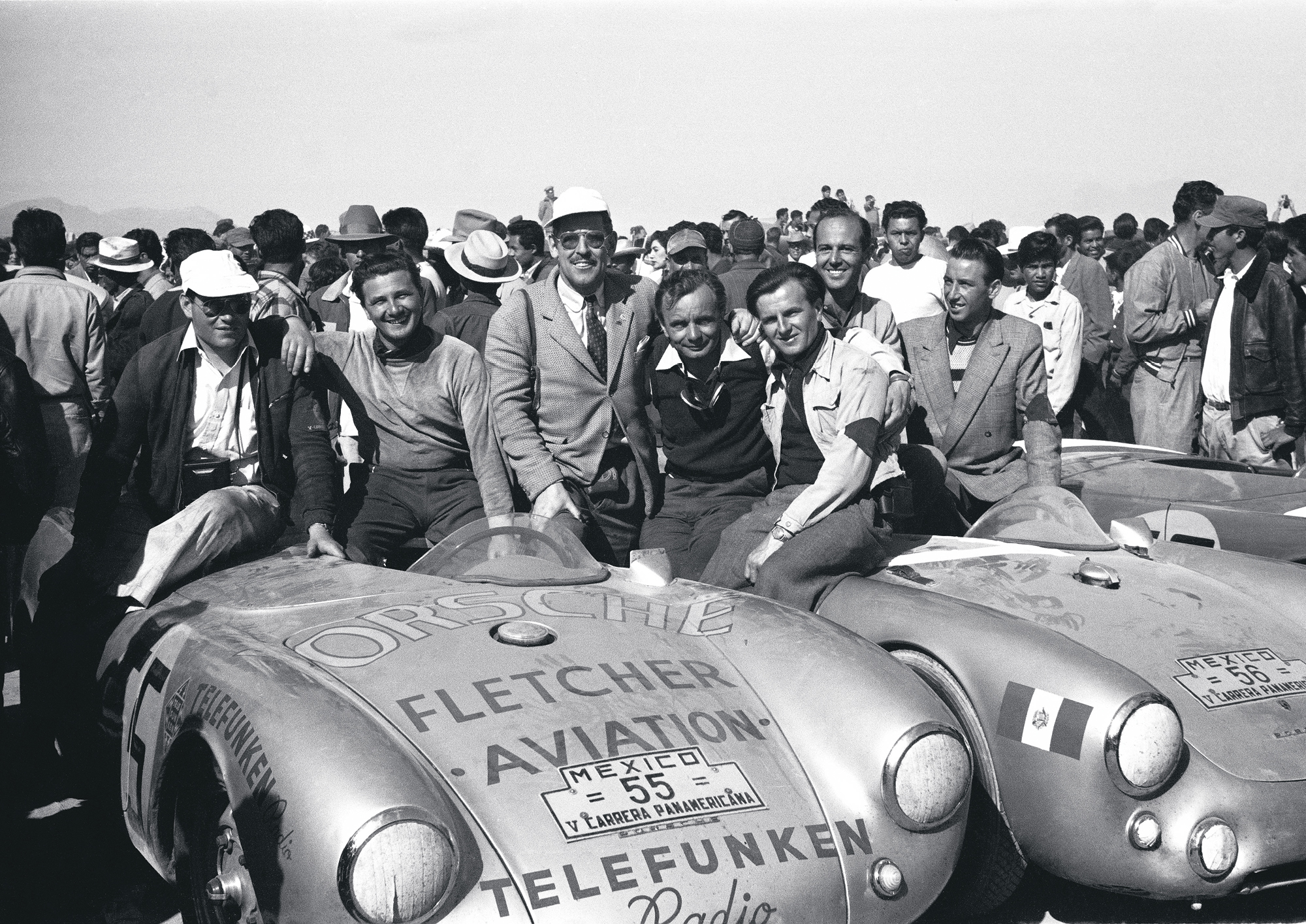
And now, after more than 70 years, the circle is finally closed as TAG Heuer and Porsche come together in a partnership that celebrates their close, individual connections with La Carrera Panamericana – an event that was revived in 1988 as a competition for cars from the era of the original race.
It now stands as the last remaining road race, and typically attracts around 100 hard-driving entries per year; unlike many old car events, lack of originality is not frowned upon. As a result, beautiful 1950s Porsche 356s, as well as Studebakers and Pontiacs with 600 horsepower engines and top speeds of 170mph plus, are common sights, with speed limits being treated as if they are for guidance only.
And with the two marques most closely associated with La Carrera now taking to the road together, the ride can surely only get more exciting. So buckle up, sit back, engage first gear and hold on tight…

